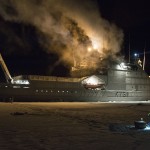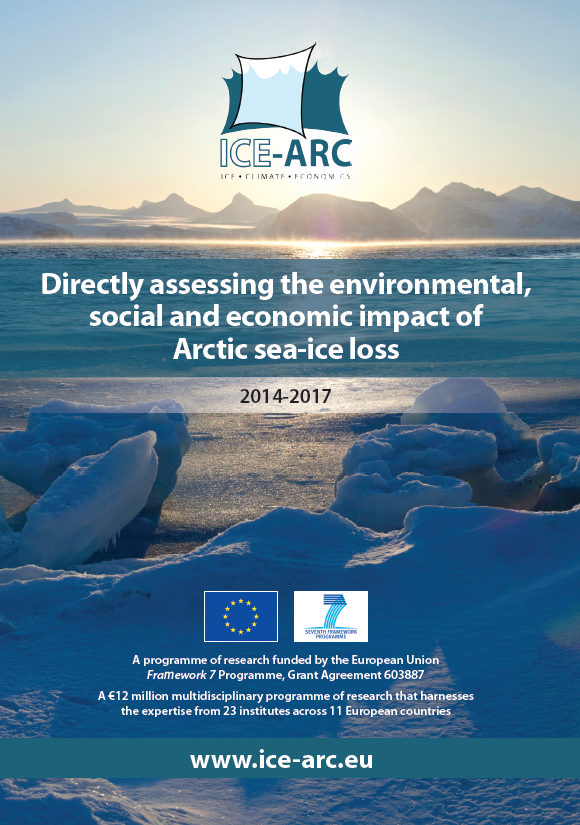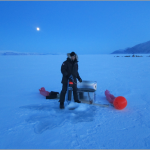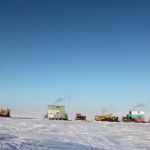It is not common to encounter research vessels cruising through the Arctic ice pack in mid-winter. Thick and consolidated ice, polar night, and extreme weather conditions do not allow researchers… Read more »
Read Full »

It is not common to encounter research vessels cruising through the Arctic ice pack in mid-winter. Thick and consolidated ice, polar night, and extreme weather conditions do not allow researchers… Read more »
Read Full »
The ICE-ARC brochure is now complete. This is availble for download: ICE-ARC brochure pages format – for printing on standard printers. The brochure is designed as a three-fold A4 brochure, if you… Read more »
Read Full »
The sun is still under the horizon in the North Greenland settlement Qaanaaq at the north side of the fjord Inglefield Bredning. It will return on February 17th after three… Read more »
Read Full »The Organizing Committee of the workshop of the International Ice Charting Working Group Data Assimilation Working Group together with the EU FP7 ICE-ARC Project held a workshop on Sea-Ice Modelling… Read more »
Read Full »Retreat of Arctic sea-ice: A scientific perspective Jeremy Wilkinson, ICE-ARC Programme Coordinator, British Antarctic Survey The retreat of summer Arctic sea ice is unquestionable. The use of the… Read more »
Read Full »In August the South Korean icebreaker Araon sailed into the northern region of the Beaufort/Chukchi Sea region of the Arctic Ocean. This scientific cruise, a collaborative effort between ONR’s Marginal… Read more »
Read Full »
Igor Semiletov and Natalia Shakhova of Arctic Marine Exploration, Russia, have recently completed the first phase of their field work in the East Siberian Arctic Shelf, looking at methane escaping… Read more »
Read Full »The Organizing Committee of the workshop of the International Ice Charting Working Group Data Assimilation Working Group together with the EU FP7 ICE-ARC Project invite you to a workshop that… Read more »
Read Full »